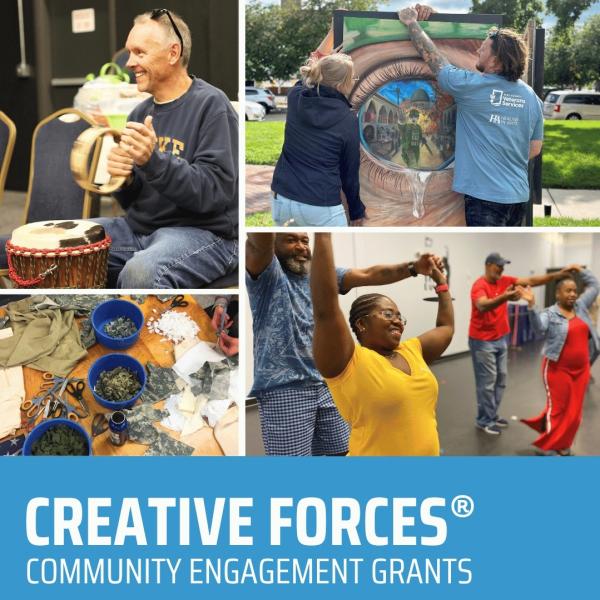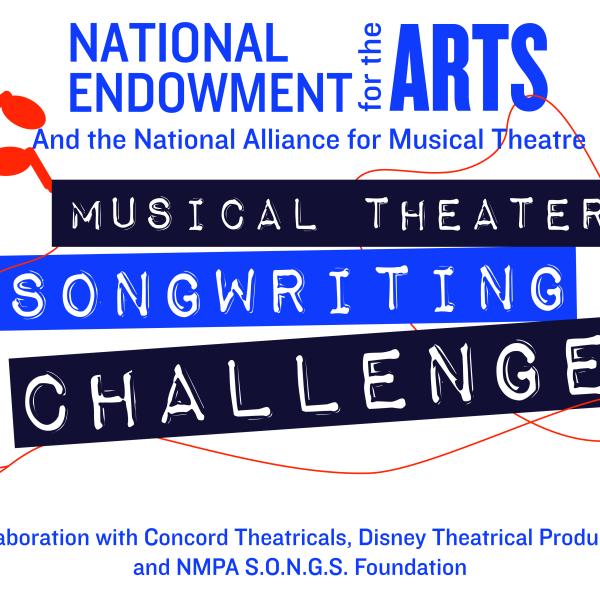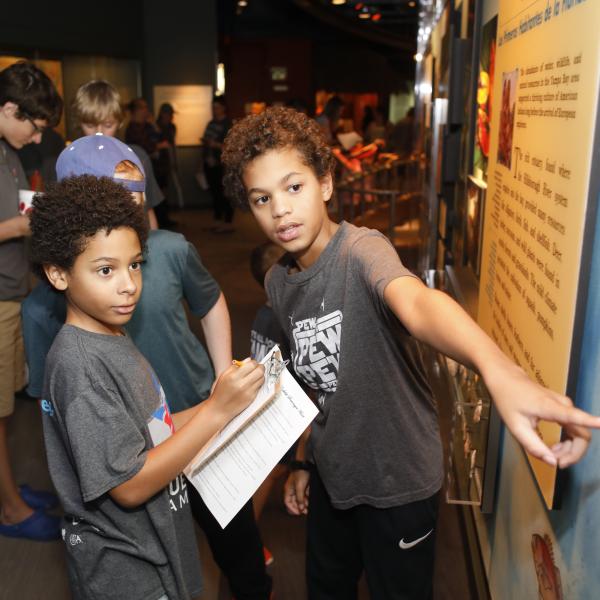National Endowment for the Arts Releases Latest Survey of Public Participation in the Arts
Washington, DC— The National Endowment for the Arts today released the full results from the nation’s largest, most representative survey of adult participation in the arts. The new Survey of Public Participation in the Arts (SPPA) records the different ways that American adults (age 18 and older) engage in the arts, where that engagement takes place, and why adults participate in these activities. The survey report also tracks demographic characteristics of those who participate and respondents’ perceptions of the availability of the arts in their communities. The report covers both national and state-level data as well as selected urban areas. Since 1982, the Arts Endowment has partnered with the U.S Census Bureau to produce the SPPA, with this edition analyzing data from 2017.
In previous studies—some sponsored by the Arts Endowment—arts participation has been positively linked with emotional well‐being, social and civic activity, and tolerance and receptivity, among other factors. Regular measurements of the nation’s arts participation present valuable insights not only for those engaged in the arts, but also for public leaders and policy makers looking to improve societal outcomes.
Key findings from the 2017 Survey of Public Participation in the Arts
The new report tallies U.S. adults (aged 18 and over) who over a 12-month period:
- Used electronic media to access artistic or arts‐related content (74 percent, or 175 million adults)
- Read books not required for work or school, and/or read novels and short stories, poems, or plays in particular (57 percent, or 138 million adults).
- Attended artistic, creative, or cultural activities (54.3 percent, or 128 million adults) with live music performance the most frequent activity
- Created or performed art (53.7 percent, or 128 million adults) with singing as the most popular form of artistic expression.
- Learned an art form informally (17 percent, or 41 million adults) or took arts classes or lessons (9.5 percent, or 23 million adults).
Other participation findings are:
- Among adults who participated in the performing arts—either as creators or performers—62 percent did so to spend time with family and friends. By contrast, most adults who created visual artworks reported doing so because they felt “creative or creatively inspired” (61 percent).
- More than half of adults who attended artistic, creative, or cultural activities did so more than twice a year.
- Among adults who sang, made music, danced, or acted, 63 percent did so in the home, while 40 percent did so in a place of worship.
Comparisons between the 2017 SPPA and the previous report in 2012 can be found in U.S. Trends in Arts Attendance and Literary Reading: 2002‐ 2017. The raw data, along with online analytics, are at the National Archive of Data on Arts & Culture, a free, public data repository funded by the Arts Endowment.
Arts Data Profile webpage features research briefs, maps, and tools on state trends in arts participation
Five maps give a graphic perspective on how states’ participation compares to the national average.
Seven research briefs look at top-ranking states for forms of arts participation, highlights from selected urban areas, and why some states have higher or lower levels of arts participation.
Among the key findings for states and selected metropolitan areas are:
- Colorado, Illinois, North Dakota, and the District of Columbia are distinguished for having significantly higher rates of attendance at music and theater performances than the nation as a whole.
- In Kansas and Mississippi, the rates of performing arts attendance at places of worship are, likewise, greater than the national rate—by eight percentage points. Fifty percent of Oregon and Rhode Island residents attended a performing arts event at a park or outdoor facility, compared with 32 percent of the nation’s adults.
- Stand-out states when it comes to art exhibit-going include Vermont (with 40 percent of adults attending, compared with 23 percent of adults nationwide) and Montana (33.5 percent of adults).
- These estimates come from the 2017 SPPA in addition to the 2018 Arts Basic Survey (a short-form survey, also conducted with the U.S. Census Bureau). Among 35 metropolitan statistical areas (MSAs) captured by the surveys, findings include:
- The greater Cleveland area has a particularly high rate of performing arts attendance (62 percent of adults did this activity), and Dallas stands out when it comes to art exhibit-going (31 percent of adults).
- Nearly 90 percent of greater Baltimore and Philadelphia residents use electronic devices to access the arts, compared with 74 percent of adults nationwide.
About the National Endowment for the Arts
Established by Congress in 1965, the National Endowment for the Arts is the independent federal agency whose funding and support gives Americans the opportunity to participate in the arts, exercise their imaginations, and develop their creative capacities. Through partnerships with state arts agencies, local leaders, other federal agencies, and the philanthropic sector, the Arts Endowment supports arts learning, affirms and celebrates America’s rich and diverse cultural heritage, and extends its work to promote equal access to the arts in every community across America. Visit arts.gov to learn more about the National Endowment for the Arts.
Contact
Victoria Hutter,
hutterv@arts.gov
202-682-5692




